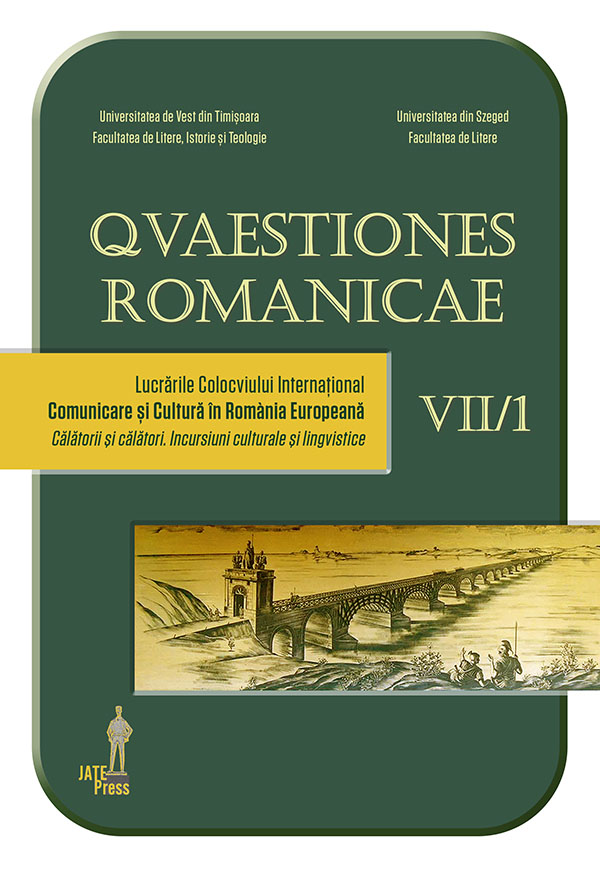Psihanaliza, componentă importantă a esteticii muzicale
Abstract: (Psychoanalysis, the Important Component of Music Aesthetics) At the end of the 19th century, when both philosophers and artists began to be concerned about studying feelings and people’s states of mind, exposing them in their own works, a new science emerged, called Psychoanalysis. If, in the field of philosophy and psychology, the road opener in the elaboration of the theories on the study of psychoanalysis was S. Freud, regarding the art of music, the feelings and mankind moods have already been presented in Baroque and Classicism, by innovators of new genres and musical concepts such as A. Vivaldi, N.Porpora, G.F.Haendel, J. S. Bach,C.W. Gluck, J.Haydn. These themes will be fructified and amplified in the stylistic and aesthetic eras that will follow: Romanticism, Postromanticism, Impressionism, Symbolism, Expressionism, 20th Century Music, along with the evolution of music, musical language, through the vast creation of famous composers such as G. Donizetti, R. Strauss, M. P. Musorgsky, J. Brahms, G. Mahler, P.I.Ceaikovski, Al. Skriabin, C. Debussy, M. Ravel, A.Schonberg, A. Berg, A.Webern, B.Bartok. The relationship between the art of music and psychoanalysis as a science is based on several elements of real importance. The most eloquent ties are the means of artistic expression of music, more precisely its components and rhetorical formations.
Keywords: psychoanalysis, Freud, hypnosis, means of expression of musical language, rhetorical formations of music.
Rezumat: La sfârşitul secolului XIX când atât filozofii cât şi artiştii au început să fie preocupaţi de studiul sentimentelor, stărilor sufleteşti ale oamenilor, expunându-le în propriile lucrări, apare o nouă ştiinţă ce se va numi psihanaliză. Dacă în domeniul filozofiei şi a psihologiei deschizătorul de drumuri în elaborarea teoriilor cu privire la studiul psihanalizei a fost S. Freud, în ceea ce priveşte arta muzicii, sentimentele, stările sufleteşti ale omenirii au fost redate deja în epoca barocului şi a clasicismului, de mari inovatori de noi genuri şi concepţii muzicale, cum ar fi A. Vivaldi, N. Porpora, G.Fr. Haendel, J. S. Bach, C.W.Gluck, J. Haydn. Aceste teme vor fi fructificate şi amplificate în epocile stilistico - estetice ce vor urma: Romantism, Postromantism, Impresionism, Simbolism, Expresionism, Muzica secolului XX, odată cu evoluţia muzicii, a limbajului muzical, prin vasta creaţie a unor renumiţi compozitori cum ar fi G. Donizetti, R. Strauss, M. P. Musorgsky,J. Brahms,G. Mahler, P.I.Ceaikovski, Al. Skriabin, C. Debussy, M. Ravel, A.Schonberg, A. Berg, A.Webern, B.Bartok. Legătura strânsă dintre arta muzicii şi psihanaliză ca ştiinţă are la bază mai multe elemente de o reală importanţă. Cele mai elocvente conexiuni le realizează mijloacele de expresie artistică ale muzicii, mai exact componentele şi formaţiunile retorice ale acesteia.
Cuvinte-cheie: psihanaliză, Freud, hipnoză, mijloace de expresie ale limbajului muzical, formaţiuni retorice ale muzicii.
